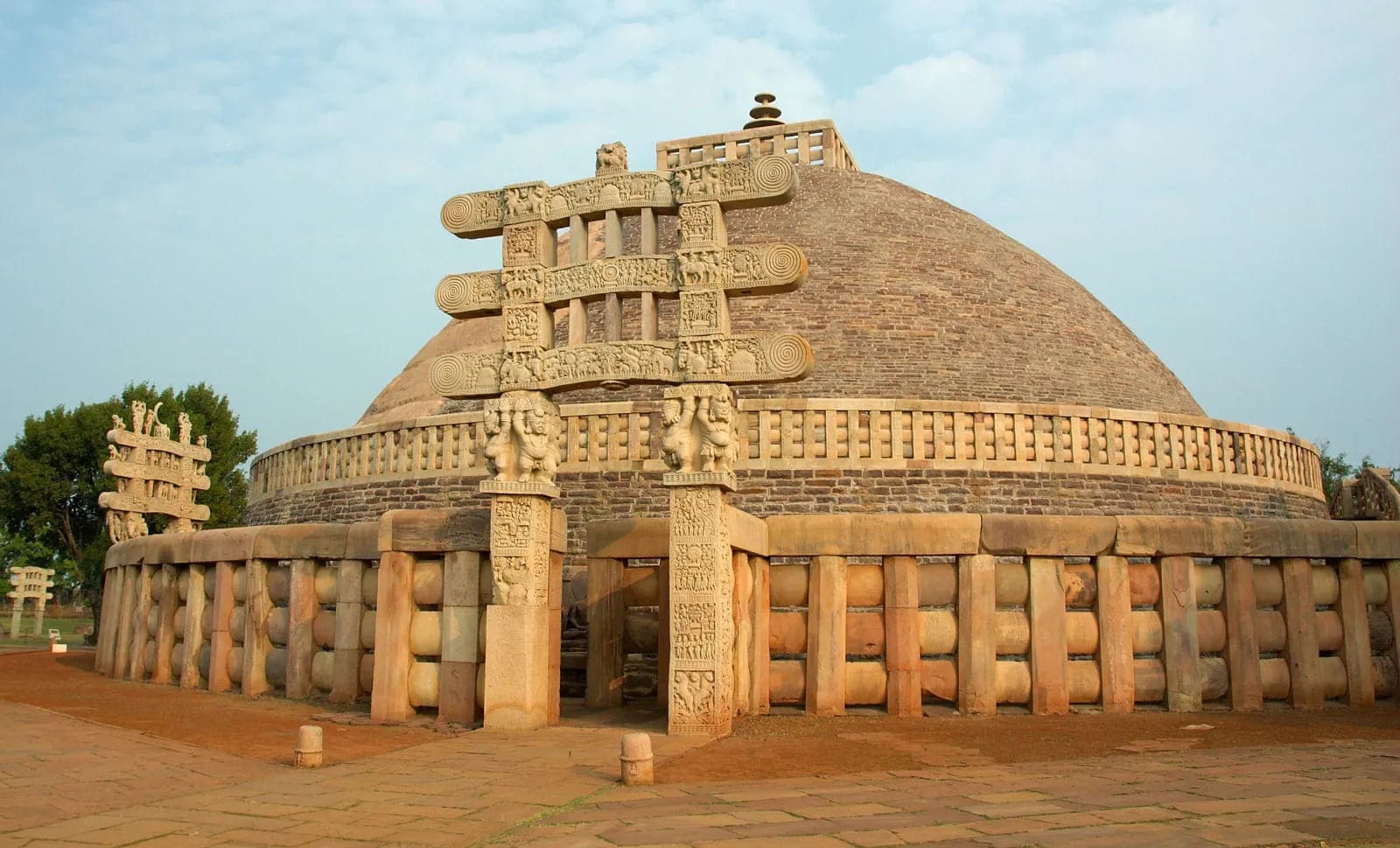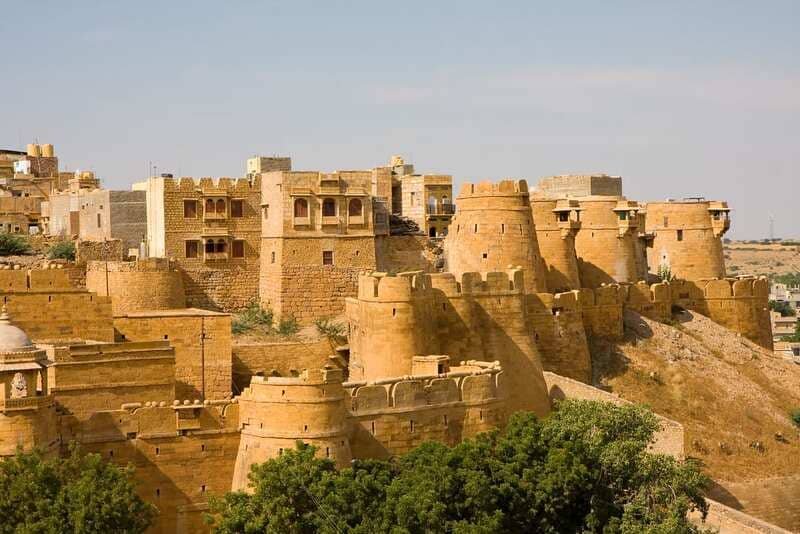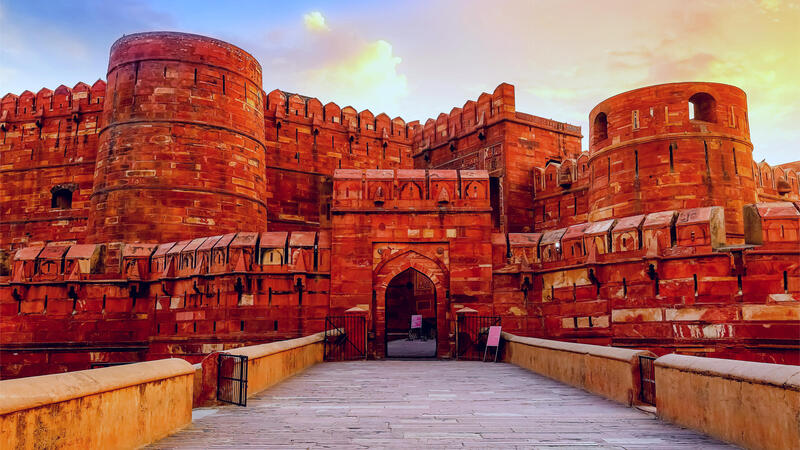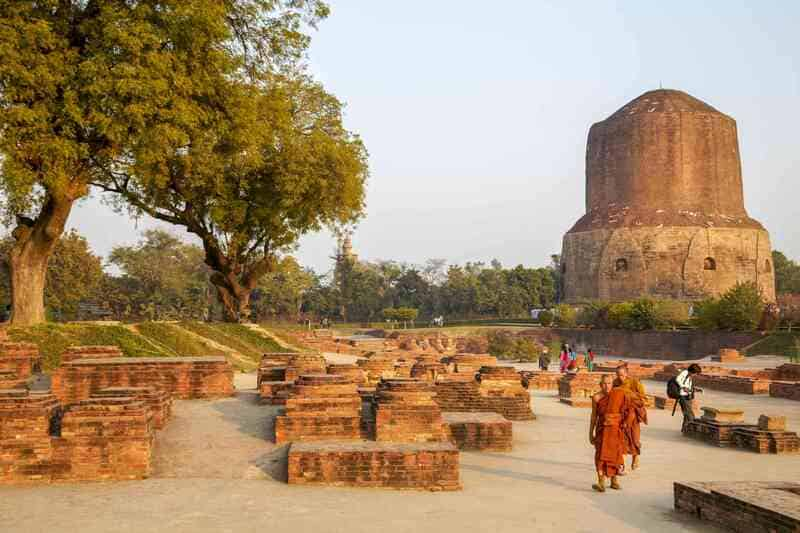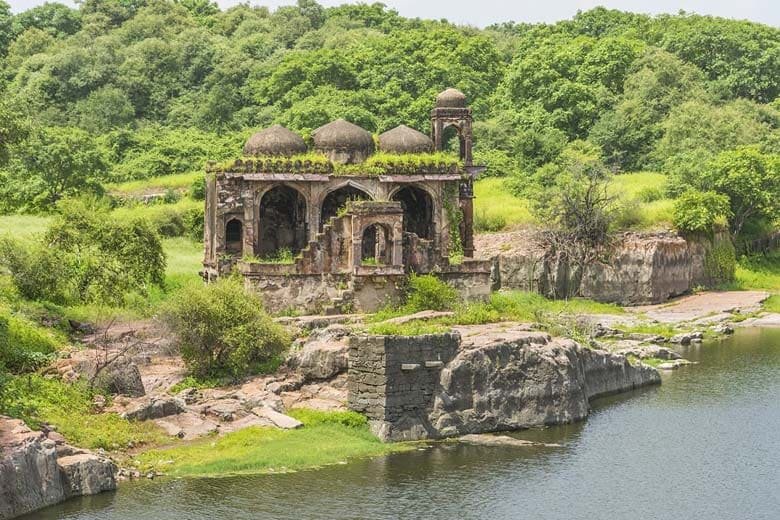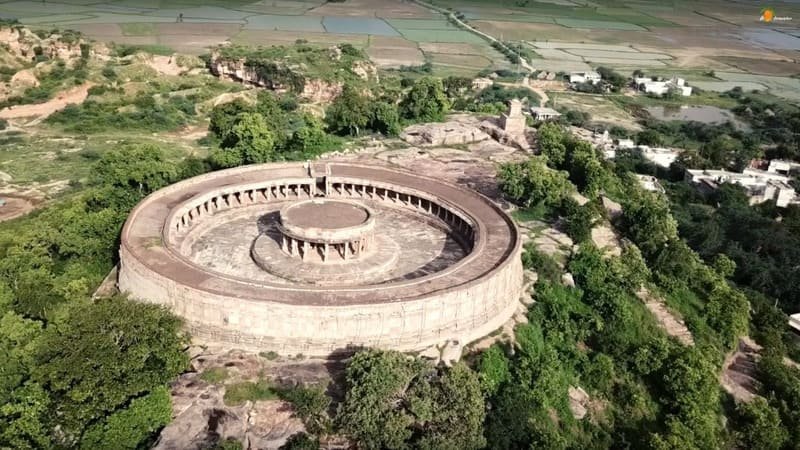
Fatehpur Sikri, Agra: The Abandoned City of Mughal Legacy.
Fatehpur Sikri,Agra district,Uttar Pradesh,India Pin code: 283110.
Introduction
Fatehpur Sikri, located in Agra, Uttar Pradesh, is a deserted city that served as the capital of the Mughal Empire for a brief period during the reign of Emperor Akbar. The city was built in the 16th century and is an excellent example of the unique Mughal architecture, blending Hindu and Islamic styles. Fatehpur Sikri is a UNESCO World Heritage Site and attracts tourists from all over the world to marvel at its grandeur and explore its historical significance. In this blog post, we'll delve into the history, architecture, and attractions of Fatehpur Sikri.
History
Fatehpur Sikri is a small city located near Agra, India. The city was founded by the Mughal emperor Akbar in the late 16th century and served as the capital of the Mughal Empire for about 14 years. The city was abandoned shortly after Akbar's death and now serves as a popular tourist destination known for its stunning architecture and historical significance.
The history of Fatehpur Sikri dates back to 1571 when Akbar decided to build a new capital city for his empire. He chose a site near the village of Sikri in the state of Uttar Pradesh and began construction of the city in 1572. The city was named Fatehpur Sikri, which means "City of Victory", to commemorate Akbar's victory over the local Rajput tribes.
The city was built using a blend of Persian and Indian architectural styles and was designed to reflect Akbar's vision of a unified empire that was tolerant of all religions and cultures. The city was laid out in a grid pattern and featured a number of palaces, mosques, public buildings, and residential areas.
The most famous building in Fatehpur Sikri is the Buland Darwaza, which is a massive gateway that leads into the city. The gate was built to commemorate Akbar's victory over the kingdom of Gujarat and is considered to be one of the finest examples of Mughal architecture.
Other notable buildings in Fatehpur Sikri include the Jama Masjid, which is one of the largest mosques in India and can accommodate over 10,000 worshippers; the Diwan-i-Khas, which was the private audience hall of Akbar and is known for its stunning carvings and decorations; and the Panch Mahal, which is a five-story palace that was used by Akbar for relaxation and entertainment.
Despite its grandeur and historical significance, Fatehpur Sikri was abandoned in 1585 due to a shortage of water in the area. The city remained empty for several centuries and was eventually rediscovered in the late 19th century by British archaeologists. Today, Fatehpur Sikri is a UNESCO World Heritage Site and is visited by thousands of tourists every year who come to marvel at its stunning architecture and learn about its rich history.
Architecture
Fatehpur Sikri's architecture is a blend of Hindu and Islamic styles, reflecting Akbar's vision of a syncretic society. The city has numerous impressive buildings, including the Jama Masjid, Buland Darwaza, and Diwan-i-Khas. The Jama Masjid is one of the largest mosques in India and is a magnificent example of Mughal architecture. The Buland Darwaza, or "Gate of Magnificence," is a towering gateway that was built to commemorate Akbar's victory over Gujarat. The Diwan-i-Khas is a beautiful building that was used as Akbar's private audience hall and is famous for its intricately carved pillars and ceiling.
Attractions
Fatehpur Sikri has numerous attractions that make it a must-visit destination in Agra. The Panch Mahal is a five-story palace that was used as a summer retreat by Akbar and his queens. The palace has 176 columns that support the roof, and each level is smaller than the one below it, creating a tapering effect. The Birbal Bhavan is a beautiful palace that was named after Akbar's trusted advisor, Birbal. The palace has several rooms and courtyards that are decorated with beautiful frescoes and paintings. Another attraction is the Anup Talao, a water tank that is surrounded by four beautiful buildings, including the Diwan-i-Khas.
Conclusion
Fatehpur Sikri is an abandoned city that is a testament to the grandeur and vision of the Mughal Empire. The city's unique blend of Hindu and Islamic architecture, coupled with its historical significance, makes it a must-visit destination for tourists visiting Agra. The abandoned city is a UNESCO World Heritage Site and attracts thousands of visitors each year who come to marvel at its beauty and explore its history. A trip to Fatehpur Sikri is an excellent opportunity to immerse oneself in the rich cultural heritage of India and experience the legacy of the Mughal Empire firsthand.
